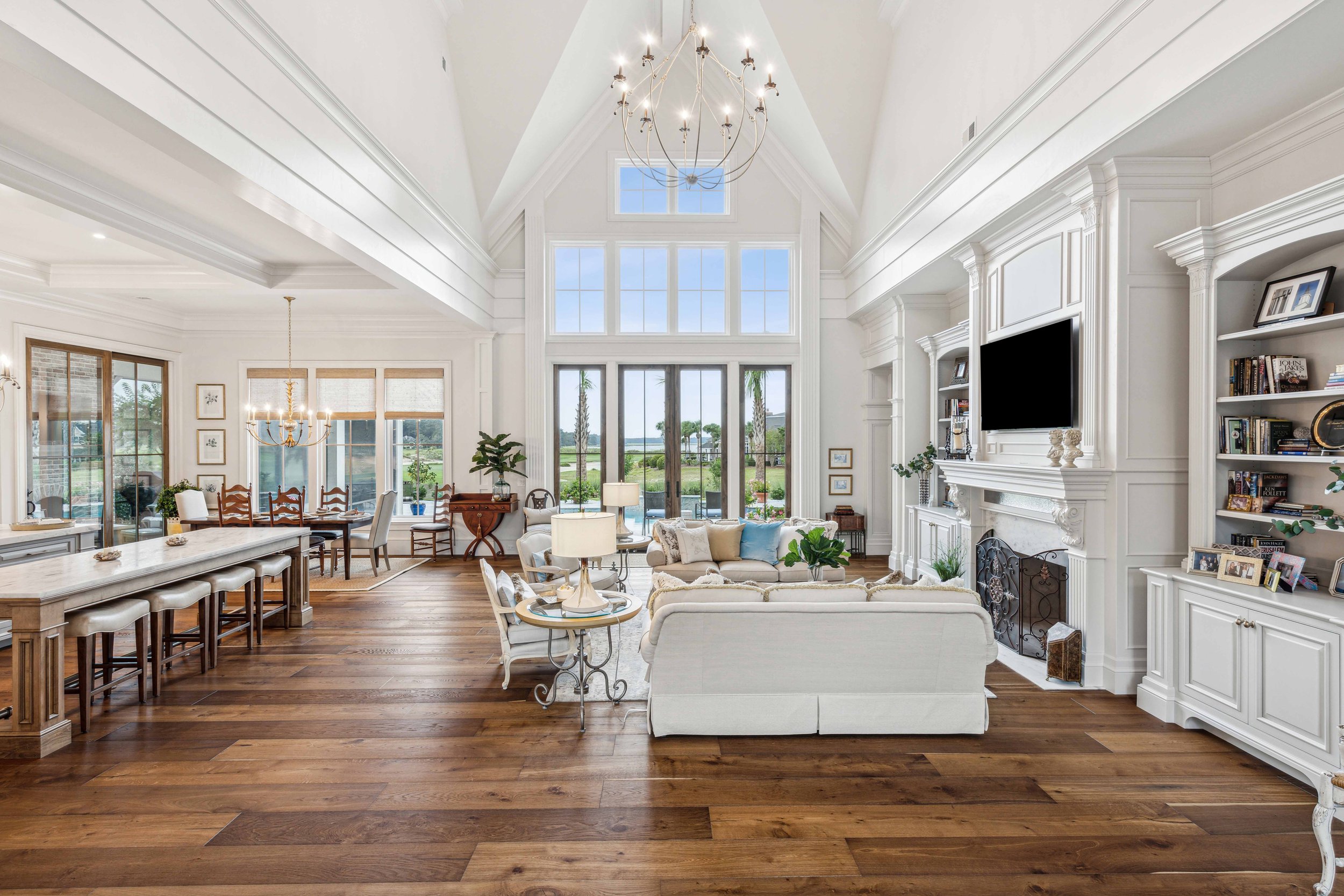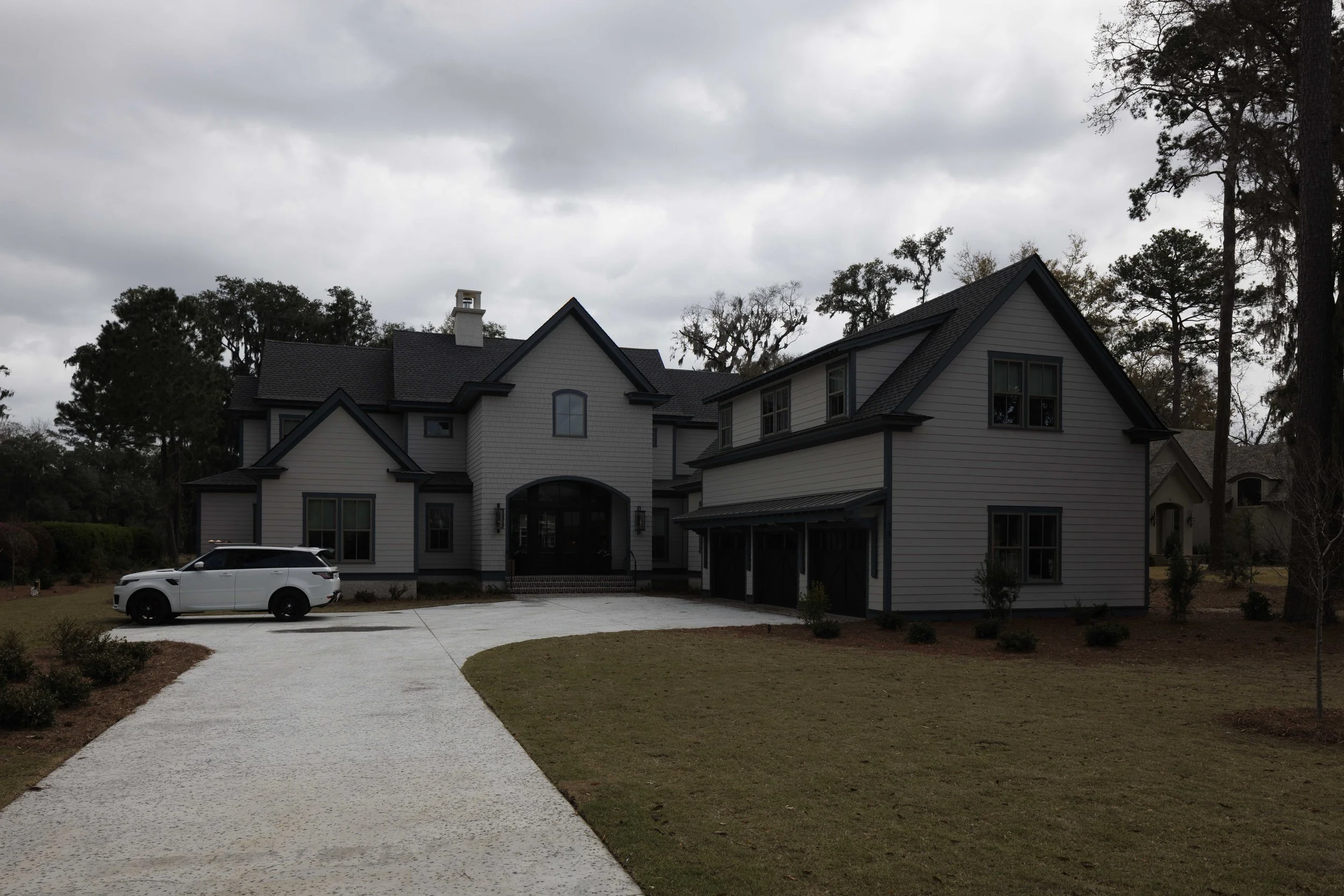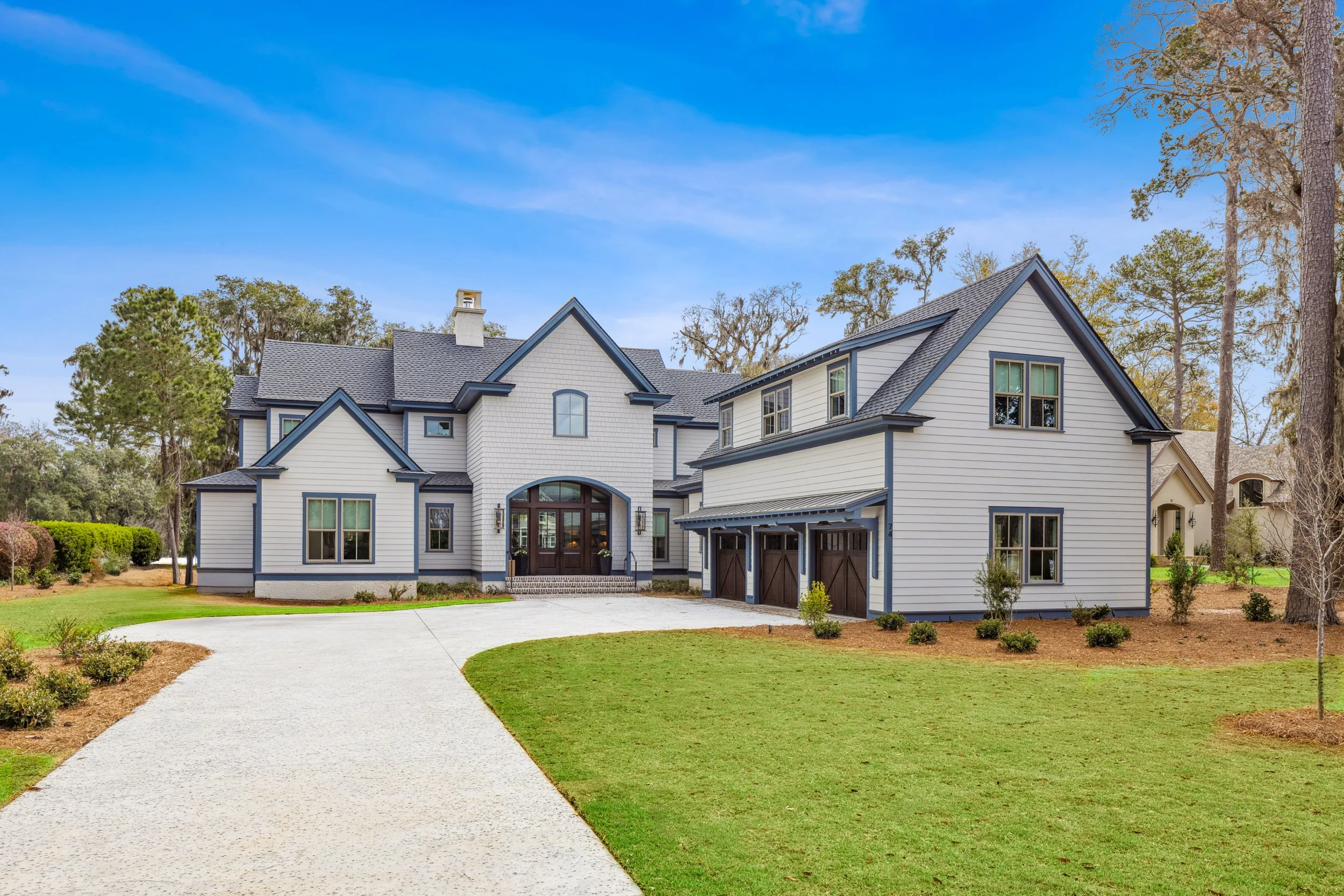The Art of Editing: Elevating Real Estate Photography
In today’s real estate world, first impressions are everything—and these days, they happen online. Buyers are scrolling through hundreds listings, searching for their dream homes, and the photos they see can make or break a sale. That’s why great real estate photography is a must. But here’s the thing: it’s not just about snapping the perfect picture. The magic really happens in the editing.
At Island House Media, we take pride in transforming raw photos into stunning, eye-catching images that have buyers falling in love with a property from the first click. So, why is editing so important? Let’s break it down.
HDR Photography: The Secret Behind Stunning Shots
Allow me to nerd out for a minute—because this part is really cool.
Have you ever walked into a bright room with large windows and noticed how you can see both the details inside and the view outside clearly? That’s because the human eye is constantly adjusting to different lighting conditions, allowing us to perceive a broad range of brightness levels at the same time.
A camera, however, works differently—it captures a single moment in time. Unlike our eyes, which continuously adapt, a photograph is a static snapshot, meaning the camera must expose for either the interior (making the windows look too bright) or the exterior (making the inside of the room appear too dark).
That’s where High Dynamic Range (HDR) photography comes in.
With HDR, multiple exposures of the same shot are taken—some darker to capture the bright areas, some lighter to bring out the shadows. These exposures are then manually blended together in Adobe Photoshop to create a balanced image where both the interior and exterior are properly exposed.
At Island House Media, we take it a step further by using 7-bracket HDR, meaning we capture seven different exposures per image. But unlike automated HDR software, we hand-edit each image to ensure a smooth, natural blend—avoiding the overly processed, unrealistic look that some HDR methods create.
The result? Every part of the home is properly exposed, from the bright sunlight streaming through the windows to the rich details in the shadows. This creates a final image that closely mimics what the human eye would naturally see, making it more inviting and realistic for potential buyers.
It’s All in the Details
Editing isn’t just about blending exposures. It’s about making sure every part of the image is spot on. Here’s how we do it:
✅ Color correction to make sure walls, floors, and finishes look accurate and inviting.
✅ Perspective adjustments to fix any lens distortion, making sure the rooms look as spacious and natural as they really are.
✅ Distraction removal, like stray cords or small imperfections, to give your property the polished, professional look it deserves.
It’s all about showing off the property’s best features—without over-editing or misleading potential buyers. We want them to fall in love with what they see, exactly how it is.
When the Weather Doesn’t Cooperate: A Real-Life Example
A good real estate photographer knows when to work with what they have and when to call for a reschedule. Sometimes, a gray sky or overcast day can actually work in your favor—providing soft, even lighting that minimizes harsh shadows. Other times, poor weather conditions can make a property look dull, uninviting, or simply not showcase it in the best way. That’s where experience comes in—knowing whether to push forward and adapt or hold off for a better day can make all the difference.
Here’s an example of how editing can save a shoot, even on a gloomy day:
The weather was completely overcast, leaving the property looking dull and lacking its usual curb appeal. Rescheduling wasn’t an option, so the best approach was to capture the home as-is and enhance it in post-production.
Before
Beautiful home, not so beautiful weather.
With the right editing techniques, the image was brought to life—adjusting exposure and contrast to add warmth and vibrancy, correcting the sky to reflect a more natural, inviting day, and making sure the details of the home stood out rather than getting lost in the flat lighting.
After:
Why This Matters for Your Listings
At the end of the day, real estate photography is more than just snapping photos—it’s about capturing a home in a way that draws buyers in. That means understanding how to work with different lighting conditions, when to adapt, and how to enhance a photo without overdoing it.
That’s exactly what we do at Island House Media. Whether it’s a perfectly sunny day or an overcast morning, we make sure your listing photos look their best—polished, natural, and inviting.
If you're looking for high-quality, professional real estate photography that helps your listings stand out, let’s work together.



